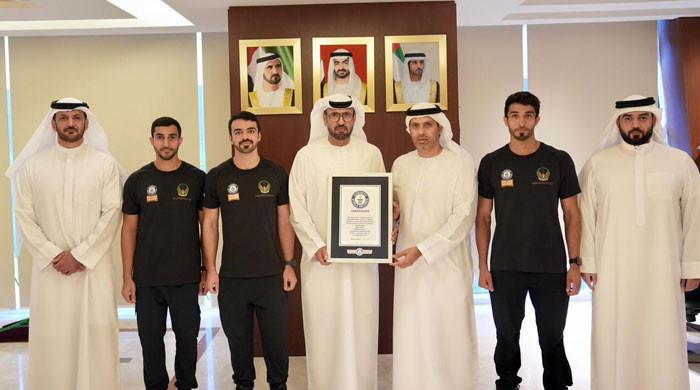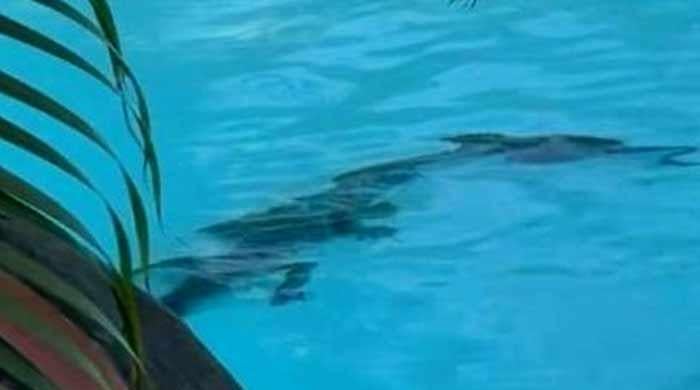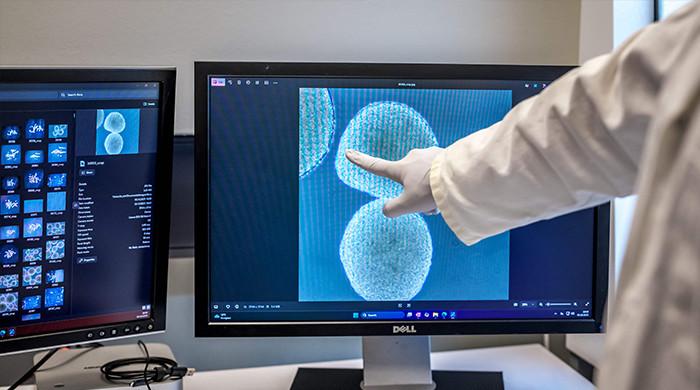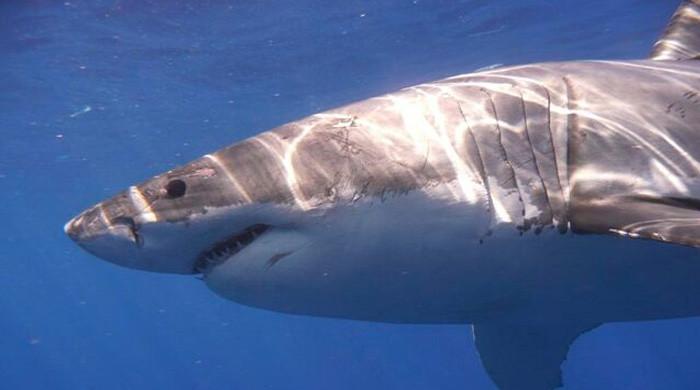People 7,000 years ago lived inside a lava tube: study
Findings reveal hundreds of thousands of bones
April 18, 2024
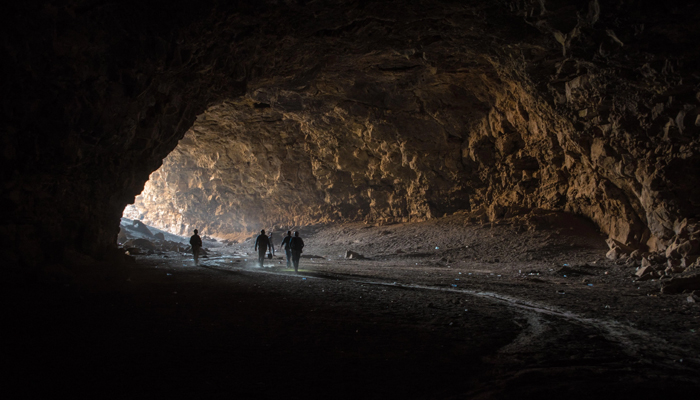
Researchers revealed in their new study that at least 7,000 years ago, people lived in the nearly a mile-long lava tube Umm Jirsan, adjacent to the Saudi Arabian city of Medina, reported Gizmodo.
The tube is reported to be the longest in the oil-rich country’s Harrat Khaybar volcanic area and is currently inhibited by wild animals.
Mathew Stewart, a zooarchaeologist at Griffith University in Australia and the study’s lead author, was quoted in the report as saying: “The findings provide a new type of archaeological site in the region, and one where organic material like bone and deeply layered sediments are much better preserved.”
The study published in the journal PLos One noted that the place once hosted humans and their domesticated animals.
Stewart said: “We had no expectations to find archaeology at Umm Jirsan. In fact, we were mostly interested in seeing the large caches of bones that had been previously reported.”
According to the findings, there were hundreds of thousands of bones in Umm Jirsan that belonged to at least 40 species and dating from the Neolithic to the Victorian Era.
Stewart told Gizmodo that animals have likely used the lava tubes since they formed, millions of years ago.
The seven of the lava are around 1,500 years old with a potential of activity, the report added.
Their findings also revealed that it was not a permanent sitting place but used for as shade and a convenient spot for herders. The art on the rocks was also found depicting cattle, sheep, goats, and possibly ibexes.






